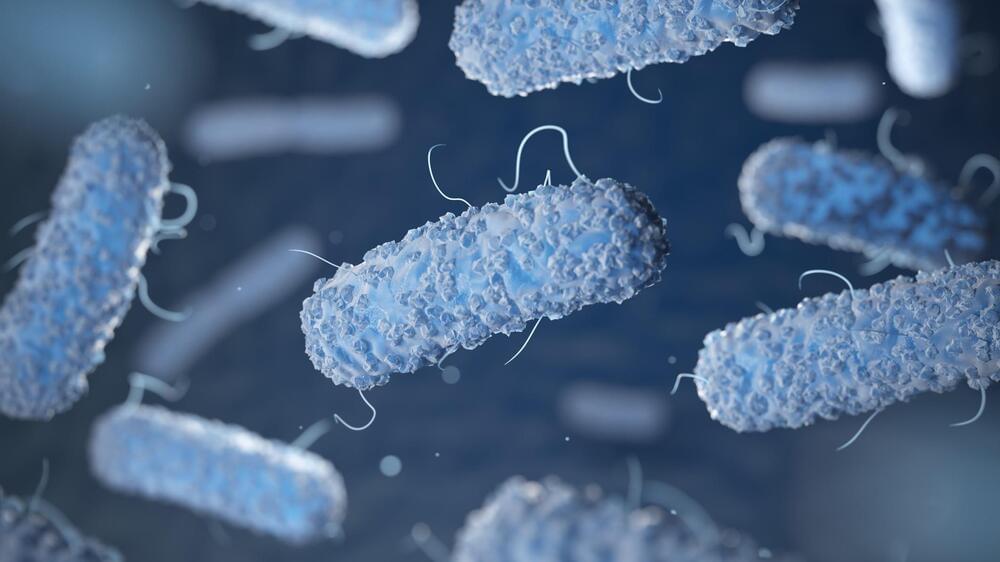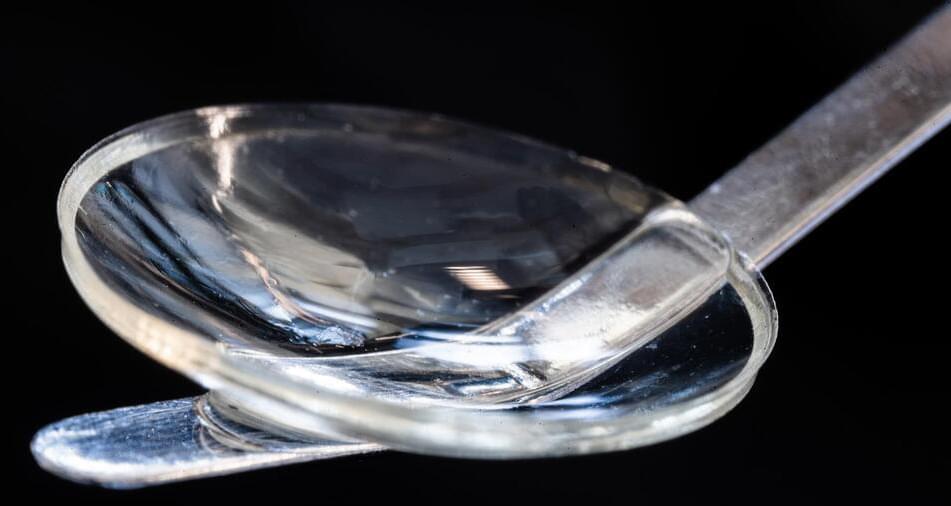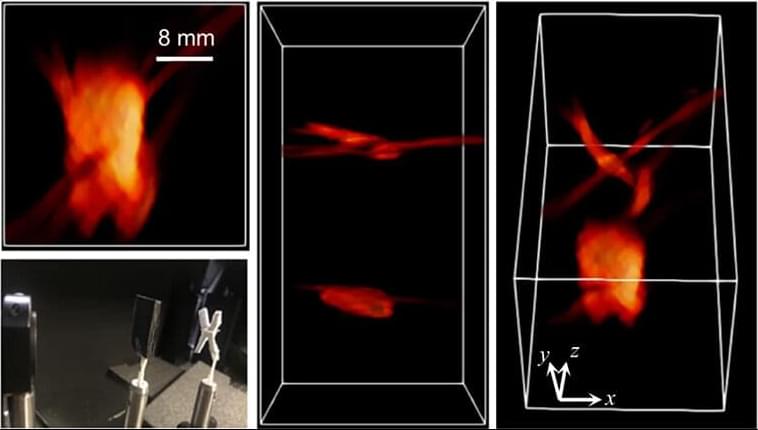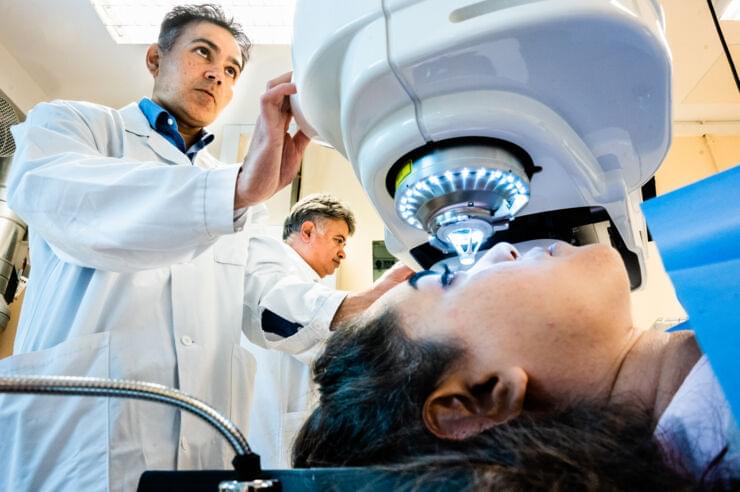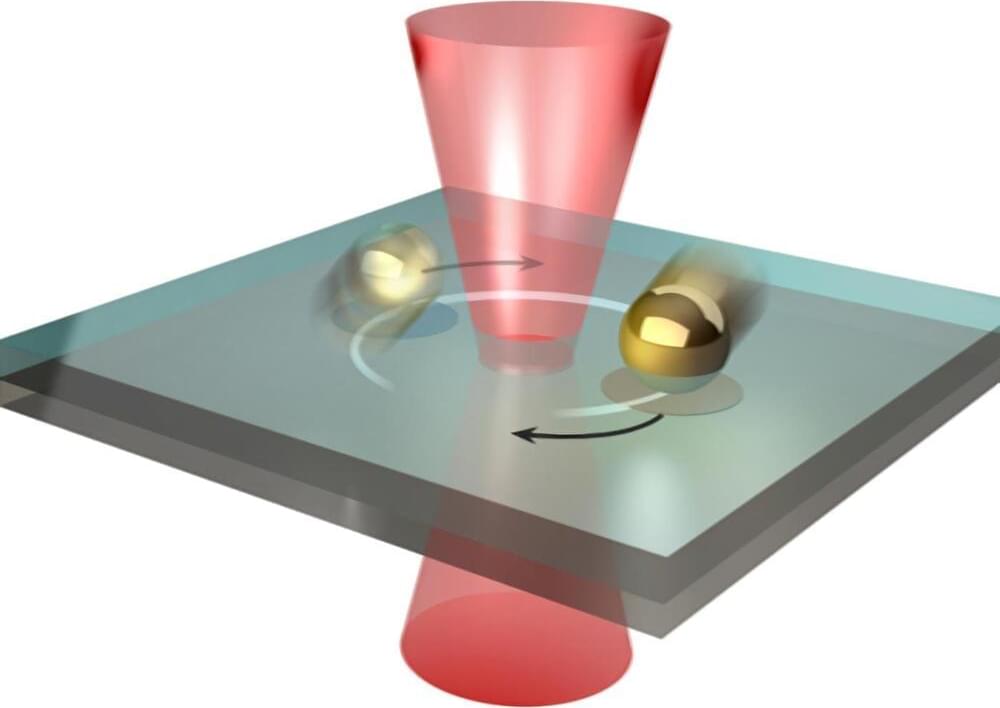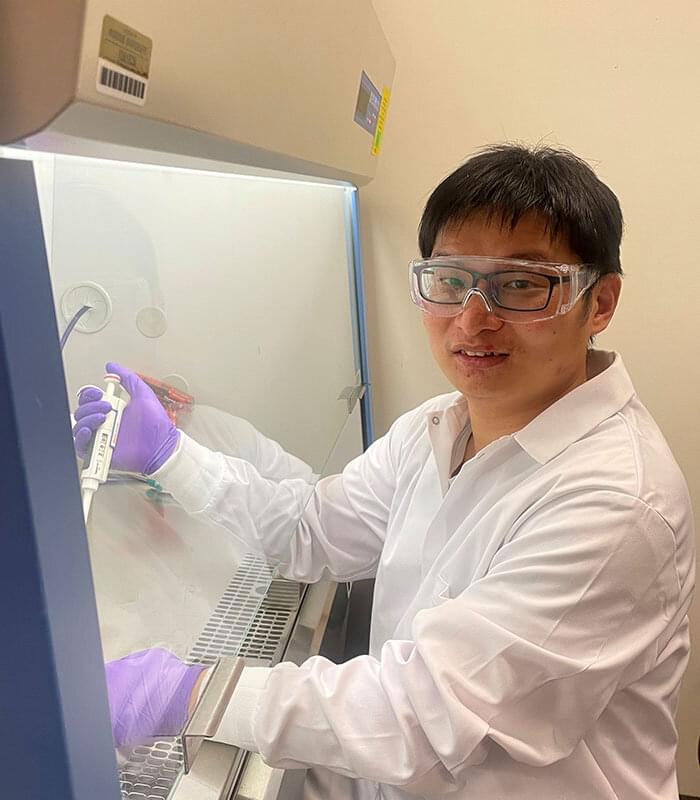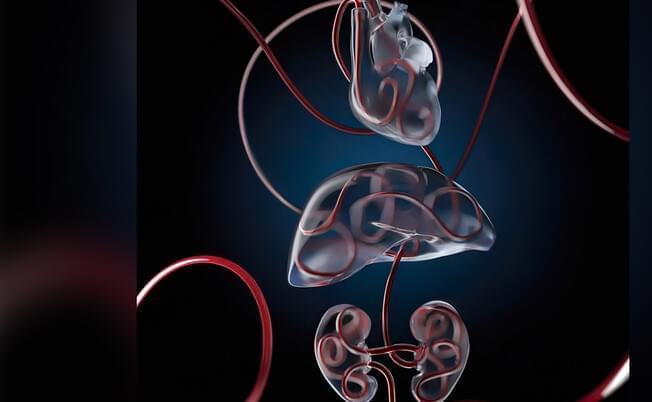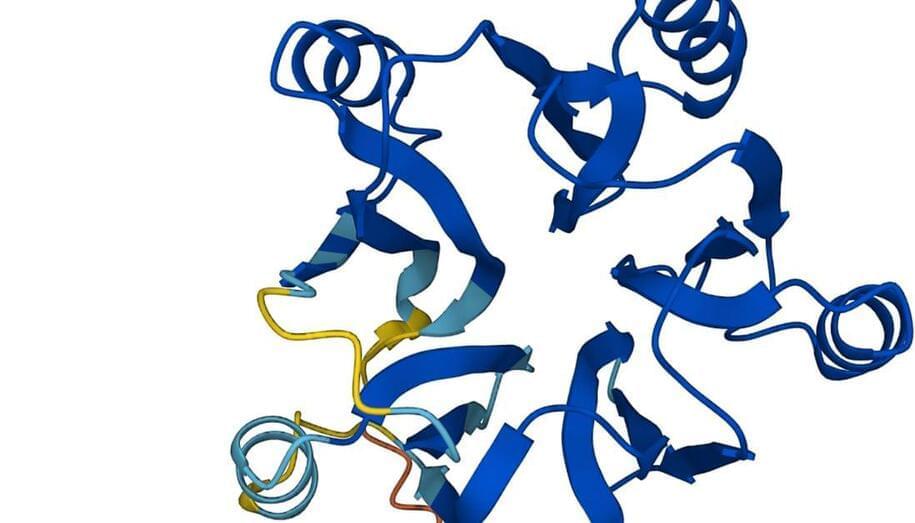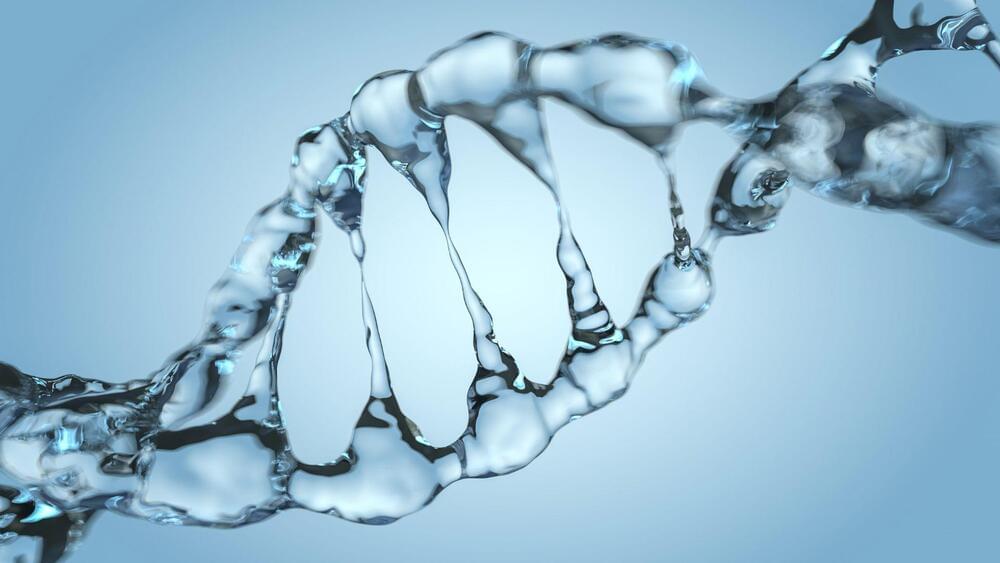Aug 14, 2022
MIT researchers discover bacteria’s new antiviral defense system
Posted by Gemechu Taye in categories: bioengineering, biotech/medical, chemistry, genetics, life extension
Specific proteins in prokaryotes detect viruses in unexpectedly direct ways.
Bacteria use a variety of defense strategies to fight off viral infection. STAND ATPases in humans are known to respond to bacterial infections by inducing programmed cell death in infected cells. Scientists predict that many more antiviral weapons will be discovered in the microbial world in the future. Scientists have discovered a new unexplored microbial defense system in bacteria.
Researchers uncovered specific proteins in prokaryotes (bacteria and archaea) that detect viruses in unexpectedly direct ways, recognizing critical parts of the viruses and causing the single-celled organisms to commit suicide to stop the infection within a microbial community, according to a press release published in the official website of the Massachusetts Institute of Technology (MIT) on Thursday.
Continue reading “MIT researchers discover bacteria’s new antiviral defense system” »
